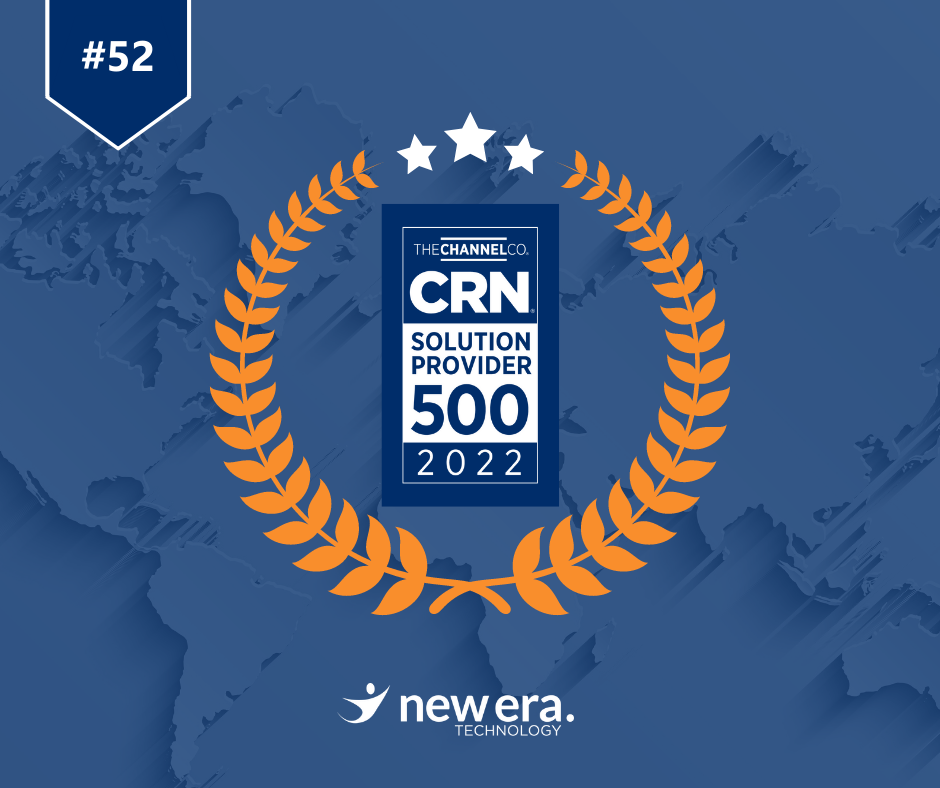Digital First Strategy: Digital Rules…and Digital Rules
Dictionary.com defines a rule as:
- One of a set of explicit or understood regulations or principles governing conduct within a particular activity or sphere.
- Control of or dominion over an area or people
When creating value in the Customer Experience, which definition of “rule” do we need to pay attention to? The answer is both.
The disruptions of 2020 have become the ultimate catalyst of digital transformation for many companies as we have watched the entire world shift their lives to digital everything. “We’ve seen two years’ worth of digital transformation in two months,” said Microsoft CEO Satya Nadella during a quarterly earnings call in the spring of 2020.
What are the digital first rules?
After the start of the pandemic, assuming we all agree that a Digital First strategy is necessary, what are the digital “rules” or set of governing principles that we need to adopt for a Digital First strategy?
To get to that answer, this is the logic I would follow:
- The acquisition cost of a new customer can be 5-25x the cost of keeping a customer, therefore…
- Providing value to existing customers is critical because…
- Customer retention + Increased Lifetime value = Revenue Growth, and the most important way to retain a customer is to….
- Provide increasing value
- Customer retention + Increased Lifetime value = Revenue Growth, and the most important way to retain a customer is to….
- Providing value to existing customers is critical because…
If providing increasing value to the customer is the holy grail of the customer experience, what is the key that unlocks that holy grail? Analytics.
It’s an easy answer but not a simple one. It’s easy because there are great tools that can provide the deep insights that Analytics tools offer, but not simple because it requires a deep culture change. There are two fundamental building blocks of a digital-first strategy for creating the ultimate customer experience. They are:
- Having a data-informed culture
- Making analytics tools accessible to digital teams across all teams, including product, marketing, data science, and engineering functions
It’s time to break down the silos of who has access to customer analytics data.
Being a digital-first business means ultimately driving growth through the digital customer experience. To succeed, teams across the enterprise must be able to empathize with customer needs and measure the impact of decisions—and they must build and iterate on digital products that create loyal customers. Siloed organizations and legacy systems that make insights unobtainable keep teams from knowing how customer behaviors, experiences, and campaigns impact business outcomes. Restricting easy and constant access to relevant data discourages the exploration of new ideas that can lead to game-changing innovation.
A deep understanding of customers requires real-time insight and data-driven agility beyond traditional measurement systems. Tracking website visitors, demographic data, net promoter score (NPS), and baseline dashboard metrics no longer suffice as complete and holistic indicators of customer preferences and behaviors. Relying on centralized systems, IT teams, and static customer surveys create bottlenecks and data silos, and detaches the teams creating the customer experience from powerful customer insights. Digital customers are savvy, dynamic, and fluid. Businesses need new mindsets and systems that enable them to keep pace.
Becoming a Digital First Business
In this digital-first era, businesses need to uncover what’s working, pinpoint where to double down, and determine where to place their bets to exceed customer expectations and keep pace with the competition. Rather than restricting knowledge, digital-first businesses make customer data accessible and actionable with analytics. With more profound insight into digital customers, growth opportunities expand from simply increasing the number of customers to creating a highly engaged, highly valuable customer base.
Considering customers’ increased reliance on digital products and their heightened expectations, which are expected to persist in the future, is a make-or-break moment for organizations to work toward becoming digital-first businesses. Companies that don’t innovate fast enough for their customers will lose them to their competition.
Whereas digital product and marketing teams once primarily invested in getting people to use their products in the first place, there has been a shift in priorities from driving customer acquisition to maintaining customer engagement and loyalty and increasing customer value. The three most important areas for long-term success are user engagement, customer retention rate, and customer lifetime value.
Analytics to Make Informed Decisions
Determining what’s working, where to double down, and what risks to take relies on teams’ ability to capture and analyze from a myriad of data sources. Analytics equip teams with systems of insight to visualize data, report on performance, and ultimately make data-informed decisions.
Visualizing a user’s journey—the paths and series of interactions taken within your product during a specified time—is a core capability of product analytics. This capability helps explain not just which steps customers took but also how these steps correlate with one another, where there is friction, and which future actions customers are likely to take. But achieving this level of visibility remains a challenge for many organizations. Centralized teams that have traditionally been tasked with delivering customer insights and data are not equipped to keep pace with the need for speed and volume of requests across teams. Hence the shift to analytics that arm line-of-business (LOB) owners with tools that do not require technical skills and are tailored to their needs. Increasing access to self-service insights and more collaboration tools will help leaders foster data-informed cultures where data becomes part of the regular workflow of their teams. And rather than primarily using data to report past results, data can be used iteratively to help teams predict results and know what to build next.
While digital-experience-driven growth is the desired outcome, the starting point is embedding the right technologies into processes and structures to build a digital-first business. Such a business needs to enable an informed culture and break down silos.
Analytics tools should be accessible and easy to use to help everyone in the company contribute to improving the customer experience. These tools can offer team members access to data and forward-looking insights that inform decisions about how to grow revenue and a loyal, highly engaged customer base.
New Era is here to help you determine the right tools to provide the insight you need to use analytics to create value for your customers.
To learn more about New Era’s solutions please visit our page or email solutions@neweratech.com.

 Canada
Canada Australia
Australia New Zealand
New Zealand UAE
UAE United Kingdom
United Kingdom





